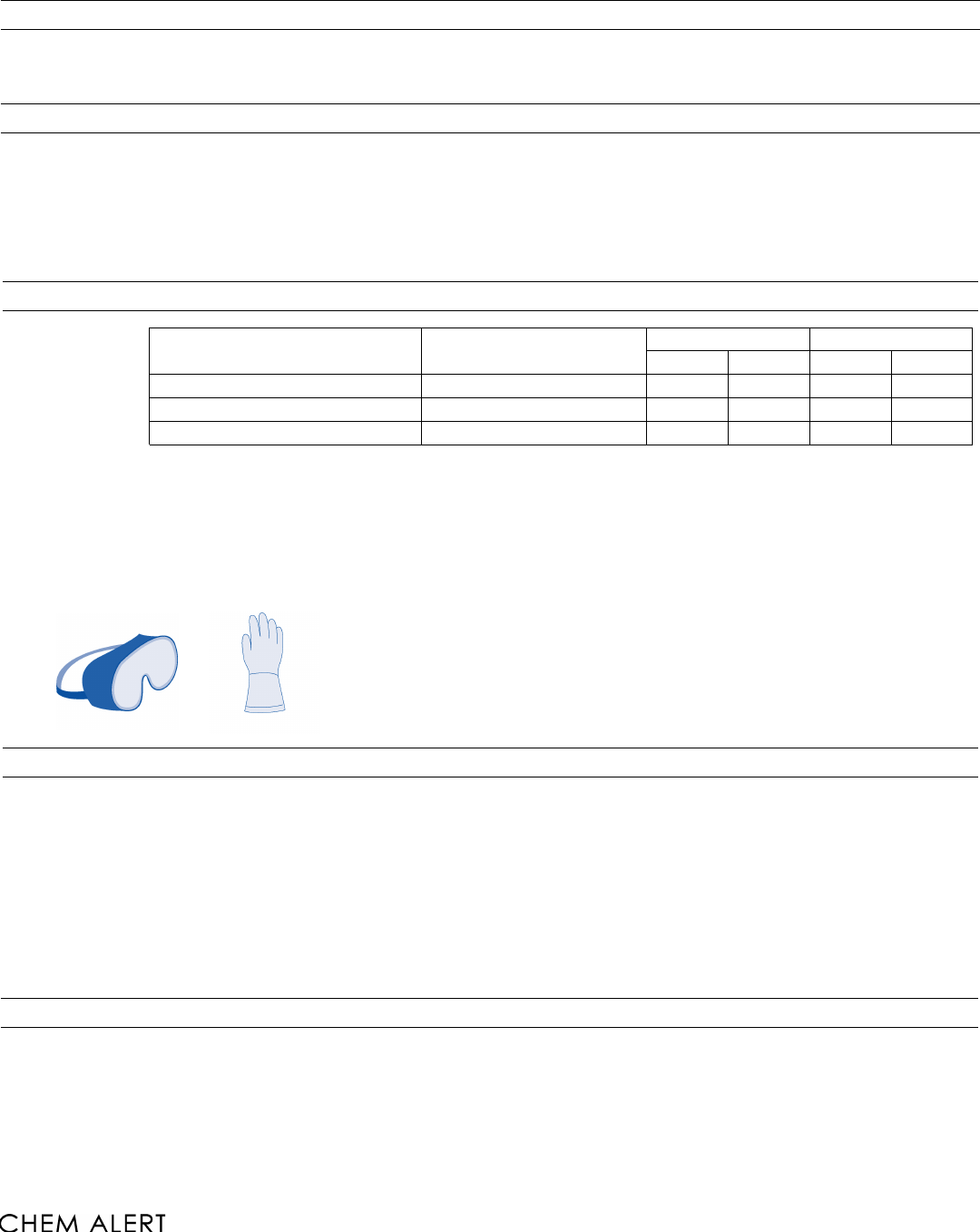MSDS
Table Of Contents
- 1126987.pdf
- 1126987.pdf
- Product Name
- ENDUROSHIELD HOME STAINLESS STEEL WIPES (US)
- 2. HAZARDS IDENTIFICATION
- 6. ACCIDENTAL RELEASE MEASURES
- 7. STORAGE AND HANDLING
- 8. EXPOSURE CONTROLS / PERSONAL PROTECTION
- 9. PHYSICAL AND CHEMICAL PROPERTIES
- 10. STABILITY AND REACTIVITY
- 11. TOXICOLOGICAL INFORMATION
- 12. ECOLOGICAL INFORMATION
- 13. DISPOSAL CONSIDERATIONS
- 14. TRANSPORT INFORMATION
- 15. REGULATORY INFORMATION
- 16. OTHER INFORMATION
- End of SDS
- 1126987.pdf

Product Name
ENDUROCLEAN for STAINLESS STEEL (US)
Apparatus (SCBA) when combating fire. Use waterfog to cool intact containers and nearby storage areas.
Extinguishing
Water fog or foam. Prevent contamination of drains or waterways.
Hazchem Code
None Allocated
6. ACCIDENTAL RELEASE MEASURES
Spill
age Contact emergency services where appropriate. Use personal protective equipment. Clear area of all
unprotected
personnel. Ventilate area where possible. Contain spillage, then cover / absorb spill with non-combustibl
e
absorbant material (vermiculite, sand, or similar), collect and place in suitable containers for disposal.
7. STORAGE AND HANDLING
Storage
Handling
Store in a cool, dry, well ventilated area, removed from oxidising agents, acids, heat or ignition sources and
foodstuffs.
Ensure containers are adequately labelled, protected from physical damage and sealed when not i
n
use.
Large storage areas should have appropriate ventilation systems.
Before
use carefully read the product label. Use of safe work practices are recommended to avoid eye or ski
n
contact
and inhalation. Observe good personal hygiene, including washing hands before eating. Prohibit eating
,
drinking and smoking in contaminated areas.
8. EXPOSURE CONTROLS/ PERSONAL PROTECTION
Exposure Stds
Ingredient Reference
TWA STEL
ppm mg/m3 ppm mg/m3
Ammonia ACGIH TLV (US) 25 -- 35 --
Ethanol
ACGIH TLV (US) 1000 -- --
--
OSHA PEL (US) 1000 -- -- --
Engineering
Controls
PPE
Avoid inhalation. Use in well ventilated areas. Where an inhalation risk exists, mechanical extraction ventilation is
recommended.
Flammable/explosive vapours may accumulate in poorly ventilated areas. Vapours are heavie
r
than
air and may travel some distance to an ignition source and flash back. Maintain vapour levels below th
e
recommended
exposure standard.
W
ear splash-proof goggles and neoprene or nitrile gloves. When using large quantities or where heav
y
contamination
is likely, wear: coveralls. Where an inhalation risk exists, wear: a Type A (Organic vapour
)
respirator. At high vapour levels, wear: an Air-line respirator or self Contained Breathing Apparatus (SCBA).
9. PHYSICAL AND CHEMICAL PROPERTIES
Appearance CLEAR OR SLIGHTLY YELLOW LIQUID Solubility (Water) SOLUBLE
Odour AMMONIACAL ODOUR Specific Gravity 0.98 (Approximately)
pH 10 % Volatiles NOT AVAILABLE
Vapour Pressure 18 mm Hg @ 68°F Flammability NON FLAMMABLE
Vapour Density NOT AVAILABLE Flash Point NOT RELEVANT
Boiling Point NOT AVAILABLE Upper Explosion Limit NOT RELEVANT
Melting Point NOT AVAILABLE Lower Explosion Limit NOT RELEVANT
Evaporation Rate AS FOR WATER
10. STABILITY AND REACTIVITY
Chemical Stability
Stable under recommended conditions of storage.
Conditions to Avoid
Avoid heat, sparks, open flames and other ignition sources.
Material to Avoid Incompatible with oxidising agents (eg. hypochlorites), acids (eg. nitric acid), heat and ignition sources.
Hazardous
Decomposition Products
May evolve toxic gases (carbon/ nitrogen oxides, amines, ammonia, hydrocarbons) when heated to
decomposition.
Page 2 of 5
RMT
Reviewed: 23 Oct
2012
Printed: 23 Oct 2012










